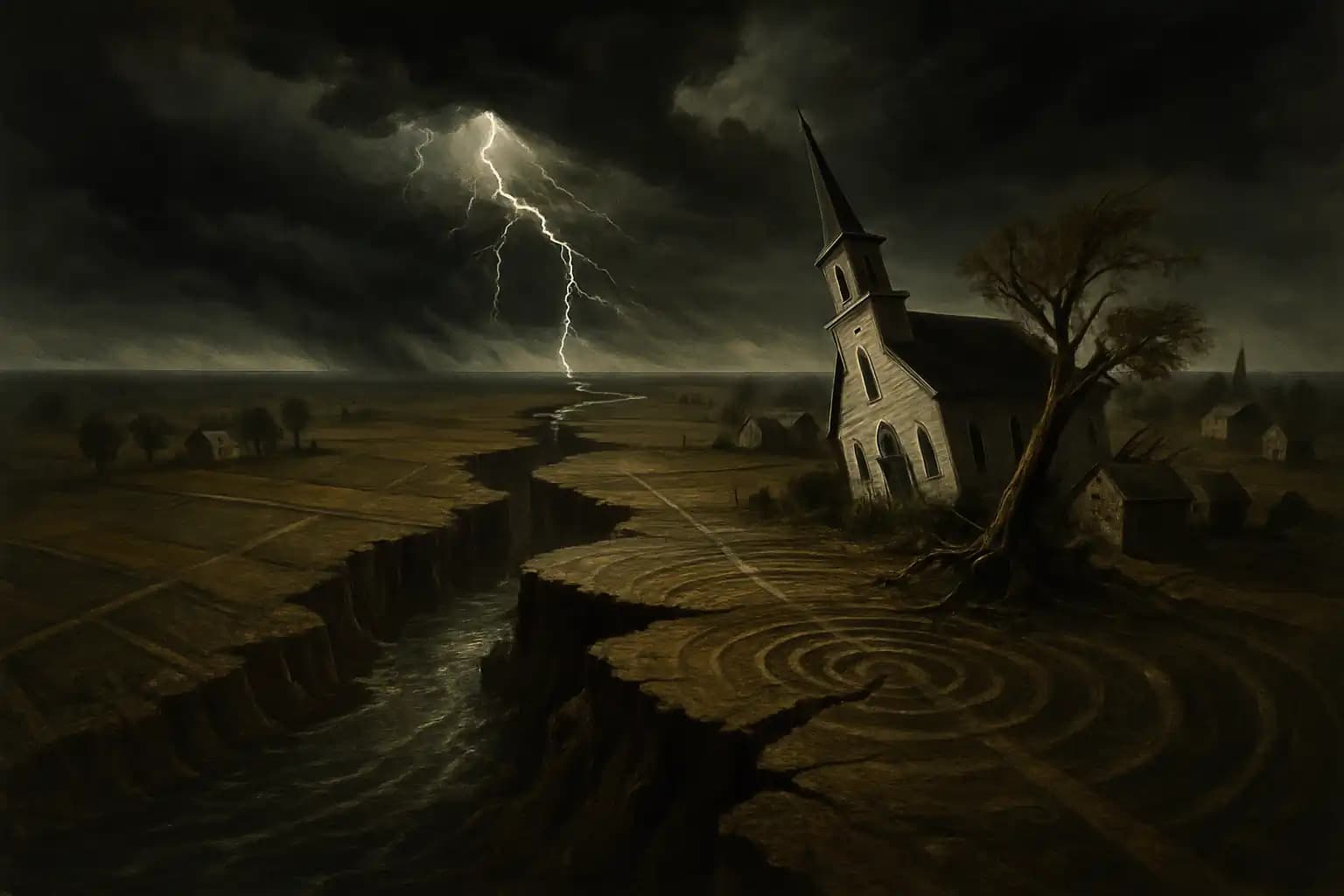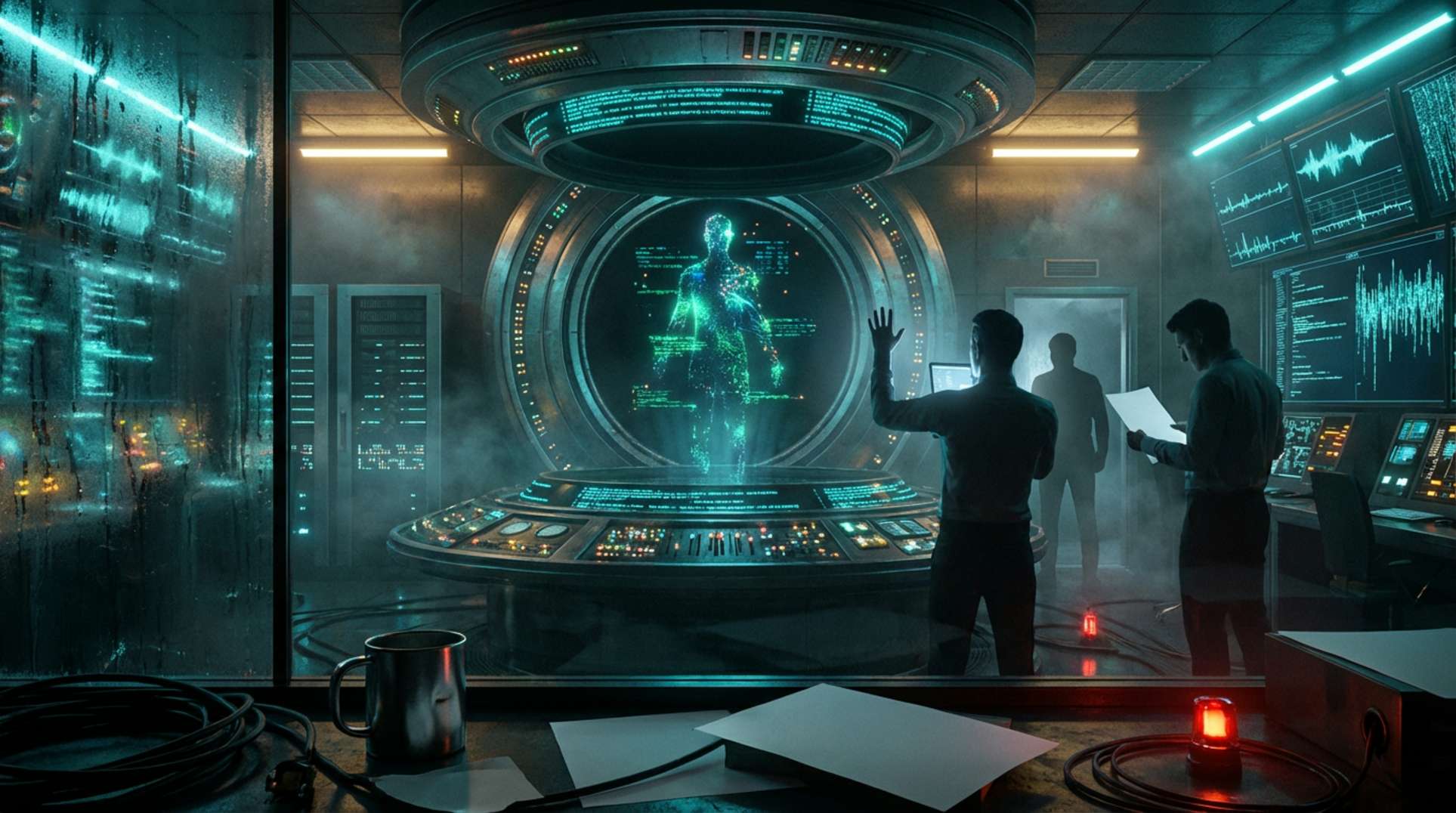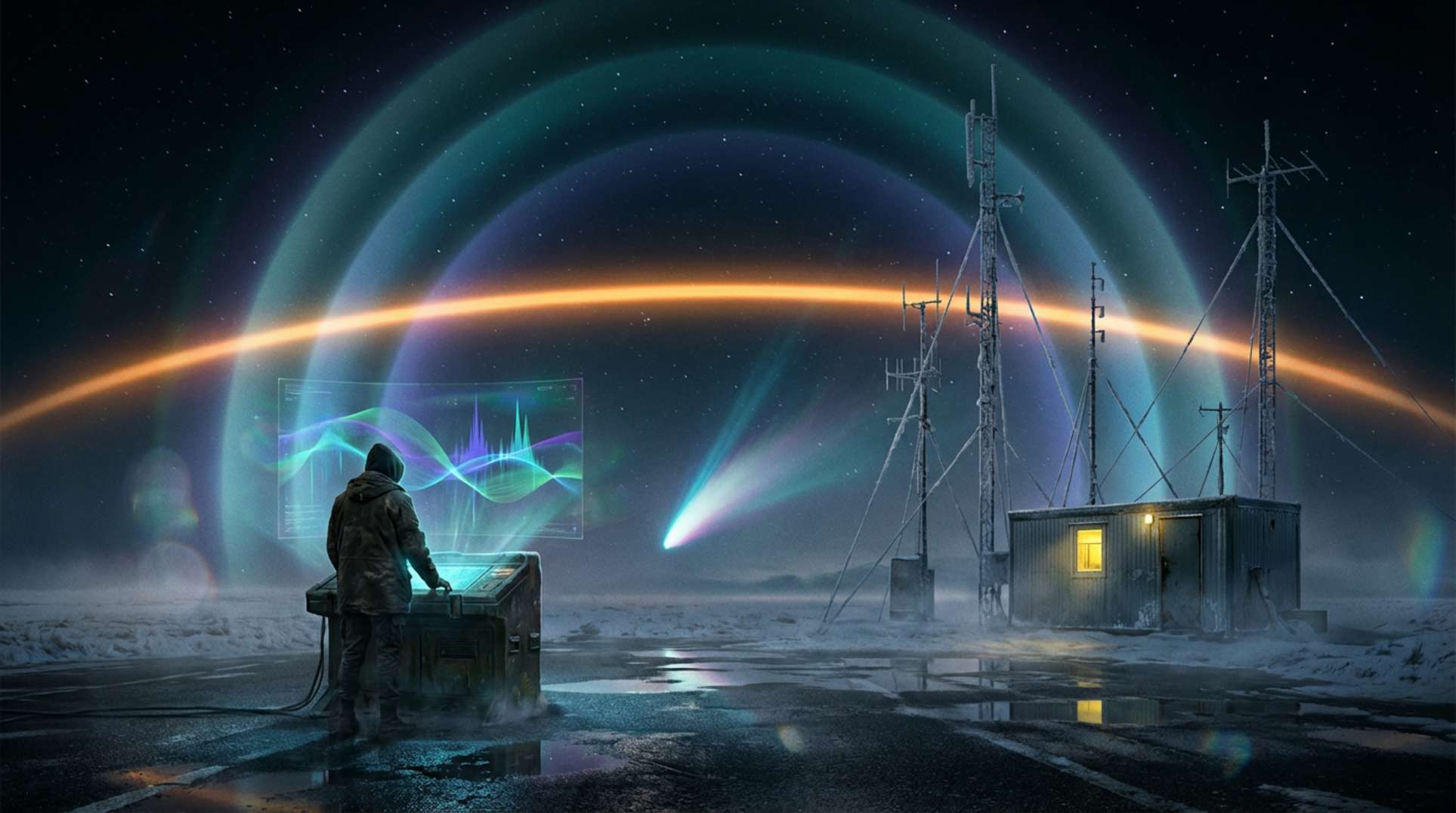In the heartland of America, below the muddy Mississippi and patchwork farmland, trouble brews. The New Madrid Seismic Zone—often overlooked and rarely prepared for—has erupted with over 200 tremors in recent months. A catastrophic quake, like those that reshaped the region in winter 1811–1812, is no longer an old tale; it’s an urgent risk for scientists, preppers, and many others.
The Midwest shouldn’t rattle like this. But the New Madrid Seismic Zone defies expectations. While major seismic threats usually haunt the West Coast, New Madrid stands apart—nestled within the North American plate, its faults linked to the ancient Reelfoot Rift, a buried scar that never fully split the continent. Instead, it created a weak zone, waiting patiently through the ages for its chance to snap.
Lessons from the Forgotten Megaquake
This region experienced four of the most violent quakes in North American history over just three months two centuries ago. Eyewitnesses in 1811–1812 described weeks-long nights, the ground fracturing, and sand geysers shooting through the winter air. Church bells tolled as far away as the East Coast, and famously, the Mississippi briefly flowed backward. This seismic cluster, known as the New Madrid Sequence, remains legendary for its raw, unpredictable force—chronicled by the U.S. Geological Survey.
Scientific studies reveal older disasters—ancient sand blows and buried forests indicate periods where the land buckled and shifted. Echoes of these events offer warnings: New Madrid doesn’t shake often, but when it does, it alters history. Anyone dismissing these risks should remember the region’s capacity for silent, catastrophic resets, as seen in cycle catastrophe research.
Modern Threat: 200+ Earthquakes and Alarming Signs
Seismometers across the Mississippi Valley now track a tale of pent-up energy. Most recent quakes have been minor—under magnitude 3.0—but their frequency alarms geologists. As explained by this analysis, even small events contribute to releasing or reactivating deeper fault segments, raising vital questions: Are these foreshocks for a larger event, or just a consequence of long-term strain?
Urban growth and population increase heighten the stakes. Modern models indicate that a repeat of level 1811 events could cause $6 billion in damages in Missouri alone and ripple impacts throughout the region. Critical power networks and infrastructure now crisscross the heartland, while the public largely remains unprepared for disaster (as shown in scenario modeling of grid collapses), making the risks greater than ever—yet largely ignored.
Disaster Waiting: Impact, Tsunamis, and Infrastructure Risks
When the big one hits (not if, say many seismologists), the New Madrid Fault promises unprecedented devastation for the Midwest. Ground shaking could last minutes, collapsing bridges, highways, and pipelines. Farmland may sink, rivers might shift course again, and entire communities could vanish overnight, echoing reports from past megaquakes. Disruption would swiftly ripple outward: a major fault rupture could cripple transportation and communications networks, as predicted in analyses of secondary disaster risk.
Below the surface, the “silent tsunami” risk looms—soft ground and river beds may amplify shocks, causing a churning lake or flash floods in areas far from the epicenter. Studies from Missouri’s Department of Natural Resources reveal that even minor quakes increase vulnerability in already fragile levees and flood controls. This scenario mirrors multi-threat situations, like concurrent solar storms and earthquake disruptions highlighted in recent risk reports.
The Next Big Quake: How Prepared Is the Midwest?
If you think the Midwest is ready, reconsider. Recent surveys of disaster readiness reveal low awareness, few drills, and serious weaknesses in public and private response plans. Media reports highlight that complacency is as dangerous as the fault line itself, as seen in this coverage.
While scientists and agencies urge vigilance, many in the region do not believe a disaster can strike. However, experts cite ongoing tremors as clear signals. The seismic zone’s youth—less than 64,000 years old geologically—indicates ongoing risk and the potential for surprises, much like unexpected disaster trends surfacing in solar science reports and the broader pattern of global shocks discussed by Unexplained.co. Earthquakes, like politics or pandemics, often strike when you least expect it.
Forget Hollywood clichés—the real threat lies beneath your feet. The Midwest’s sleeping giant is stirring, and only time will reveal if the next chapter echoes history’s worst nightmares or finally galvanizes America to confront the looming threat.





